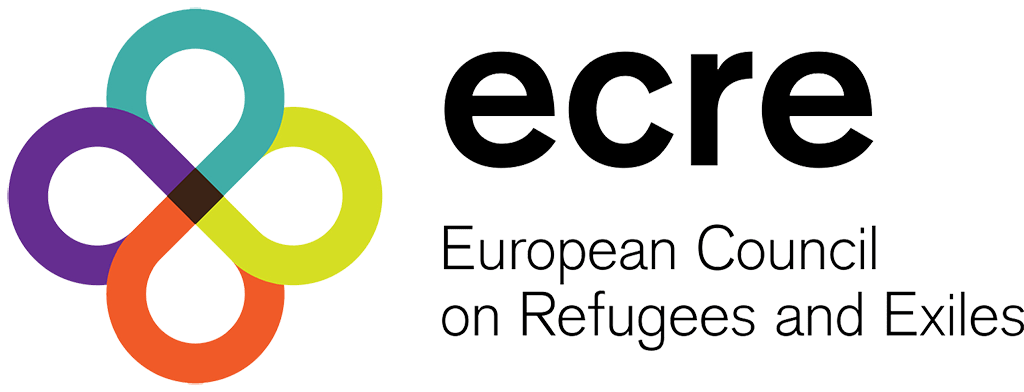The Belgrade Centre for Human Rights has published its Periodic Report on the Right to Asylum in the Republic of Serbia, covering the period of July-September 2016. The report investigates developments regarding the reception situation, regular border crossings to Hungary, proposed policy reforms and general trends.
The reception of persons in need of protection has been affected by a decision of the Commissariat for Refugees and Migration in July 2016, to restrict accommodation in the Krnjača Asylum Centre to persons who had expressed an intention to apply for asylum. During that month, approximately 450 people were staying in makeshift sites without legal status. The Commissariat modified its policy in August 2016 to allow all persons in need of protection to stay at the Krnjača Asylum Centre. The centre has a maximum capacity of 750 places, but hosted over 1,000 people in September.
At the same time, the recent rounds of restrictions imposed by Hungary with regard to access to its territory through the transit zones of Röszke and Tompa have resulted in greater pressure on Serbian authorities. As of April 2016, entry into Hungary has been managed through an informal process, whereby refugees and migrants in Serbia draw up lists of people wishing to enter Hungary and forward them to the Hungarian police. On the basis of those lists, the police prepares its own list of 30 persons allowed to enter the transit zones per day. Whereas 30 people per day leave Serbia to enter Hungary, the number of persons entering Serbia daily is substantially higher.
In relation to policies, the report also discusses the second “Response Plan in Case of Increased Inflow of Migrants to the Republic of Serbia in the October 2016 – March 2017 Period”, adopted in late September by the authorities. The Response Plan aims inter alia at increasing the reception capacity of Asylum Centres and improving living conditions therein.
When looking at the numbers of people seeking protection, the report shows that, asylum claims in Serbia have decreased and the total number of positive asylum decisions remain low. Compared to a total 577,995 in 2015, only 8,954 persons have expressed the intention to apply for asylum in the first nine months of 2016. However, only 540 effectively lodged asylum applications with the Asylum Office. In most cases in 2016, the Asylum Office has continued to automatically apply the “safe third country” concept and to reject the claims of asylum seekers transiting through FYROM or Bulgaria. To date, only 78 people have obtained some form of international protection since the establishment of the Serbian asylum system.
For more information:
- AIDA, Country Report Serbia, March 2016
- AIDA, Hungary: Thousands denied access to protection following latest law, 15 July 2016
- AIDA, Admissibility, responsibility and safety in European asylum procedures, September 2016
*This article was first published at AIDA. Photo: Horgos crossing point. Credit: Istvan Ruzsa/AP.
